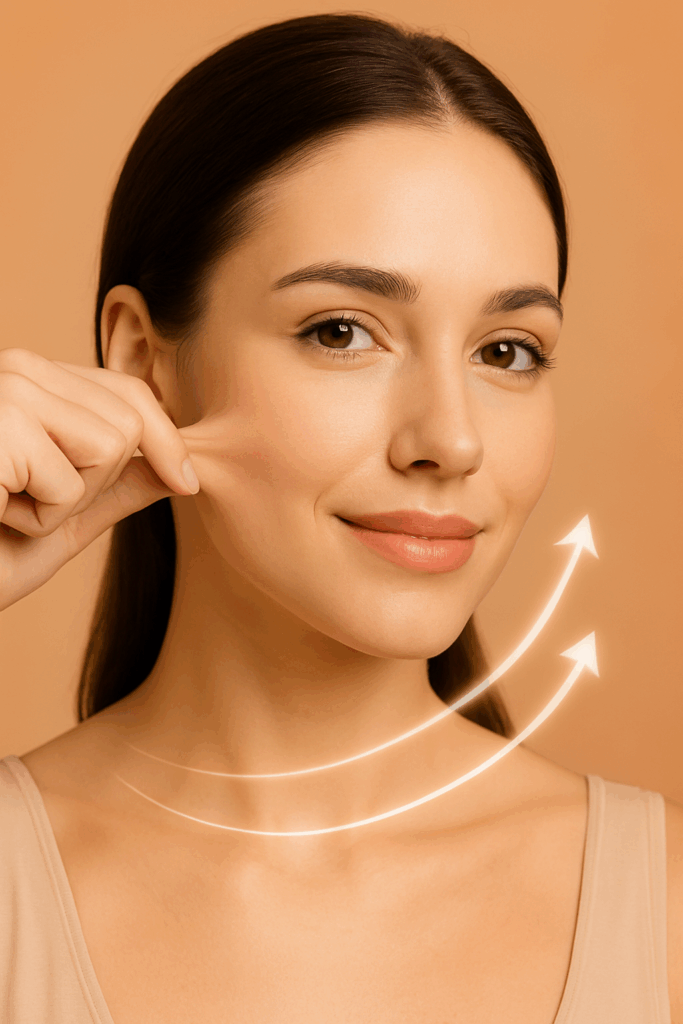Cosmetic Ingredients – Differences Between Retinol, Retinal, and Retinoids
FactoSquare specializes in both small- and large-batch cosmetic manufacturing. We often receive questions from clients planning ingredient-focused products.
This article explains the differences between “Retinol,” “Retinal,” and “Retinoids” from a practical perspective.

💡 The “slow-aging” trend continues in the beauty industry, and consumers are now paying closer attention to high-performance active ingredients. One of the most in-demand actives is retinol, a vitamin A derivative. But what’s the difference between similar-sounding ingredients like retinol, retinal, and retinoids? Let’s break it down.
Retinol
Retinol is the most basic form of vitamin A. Once applied to the skin, it oxidizes and converts into retinal → retinoic acid.
This conversion happens gradually, making it gentler on the skin. Over time, it supports cell turnover and improves skin elasticity.
However, due to its instability, formulation and storage require special care.
Retinal
Retinal is the oxidized form of retinol and a more active vitamin A derivative. It works faster on the skin and is known to be roughly twice as potent as retinol. However, this also increases the likelihood of irritation, so those with sensitive skin should proceed with caution.
Retinoids
“Retinoids” is an umbrella term that refers to all vitamin A derivatives. This includes not just retinol and retinal, but also high-potency ingredients like retinoic acid that are often regulated as pharmaceuticals. Retinoids are widely used for wrinkle reduction, keratin regulation, hyperpigmentation treatment, and acne control.
Q. Can Retinol and Retinal Be Used Together?
Many people wonder whether retinol and retinal can be used in the same routine.
💡 Since both belong to the retinoid family, using them together isn’t necessary. In fact, combining them may increase irritation. It’s best to use only one type per routine. For example, if you use retinol at night, opt for calming ingredients in your morning routine.
📌 Tips for Product Planning
1. For sensitive skin:
Start with retinol, which is milder than retinal. If you’re new to retinoids, begin with a low concentration (0.1–0.3%) and gradually increase as needed.
2. When to use it?
Retinoids are sensitive to sunlight, so nighttime use is recommended. If used during the day, be sure to apply a high-SPF sunscreen.
3. What to pair it with?
To minimize irritation and support recovery, use it alongside barrier-strengthening ingredients like moisturizers, ceramides, or panthenol.
Understanding the differences between retinol, retinal, and retinoids is crucial when developing high-performance skincare products.
To apply these ingredients effectively, it’s important to consider stabilization methods, recommended concentrations, and interactions with other ingredients during formulation.
✔ FactoSquare offers tailored solutions based on our experience in developing active-ingredient skincare. If you’re planning to launch a product with vitamin A derivatives, feel free to reach out to us anytime.



